
Web3 gaming and live blockchain events are setting new standards for speed, transparency, and user experience. But as these applications scale, traditional blockchains struggle to keep up with the real-time demands of interactive gameplay and rapid-fire event participation. Enter ephemeral rollups – a breakthrough in blockchain scalability that’s already reshaping the Solana ecosystem and beyond.
![]()
What Are Ephemeral Rollups? Temporary Chains for Real-Time Use Cases
Ephemeral rollups are temporary, app-specific blockchains designed to process high-frequency transactions with ultra-low latency. Developed by MagicBlock and now live in Solana’s ecosystem, these rollups spin up on-demand, execute a flurry of transactions off-chain, and then commit the final state back to the main chain. Sessions are short-lived – lasting only as long as the game match, auction, or event requires.
This means games, auctions, and interactive dApps can operate at web-scale speeds, without clogging the main network or forcing users to pay gas fees for every move. The result? Provably fair, gasless, and near-instant experiences that rival traditional web applications.
“Ephemeral rollups are all you need for scalable, real-time blockchain gaming. ”
– MagicBlock Team
How Ephemeral Rollups Work: The Technical Blueprint
Let’s break down the core mechanics behind ephemeral rollups on Solana:
Key Features & Technical Steps of Ephemeral Rollups
-
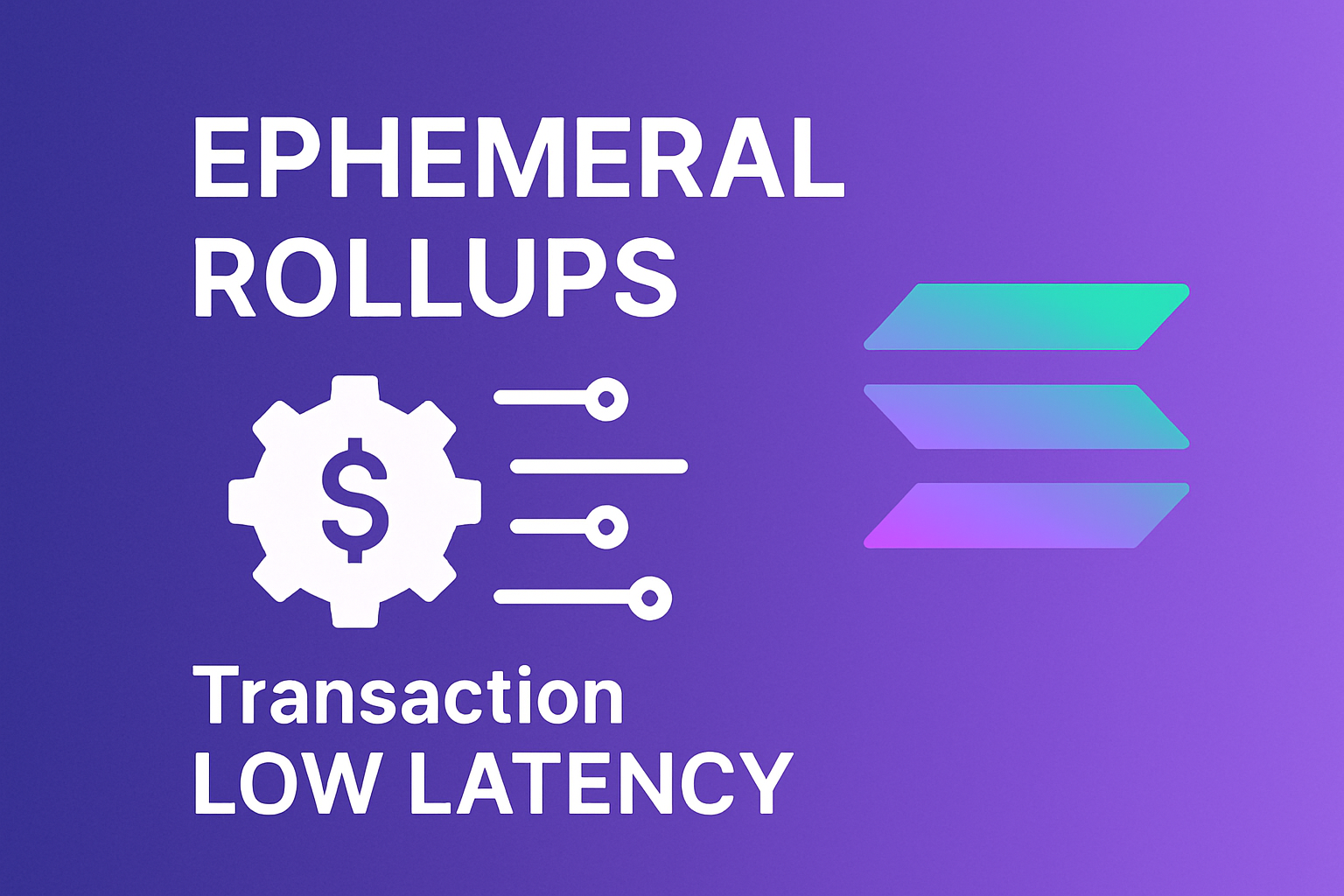
Ultra-Low Latency Execution: Ephemeral Rollups enable end-to-end transaction latencies under 50 milliseconds globally, delivering a user experience on par with traditional web apps.
-

Temporary, App-Specific Chains: Each rollup creates a dedicated execution environment for a single app or session, isolating high-frequency tasks from the main blockchain.
-
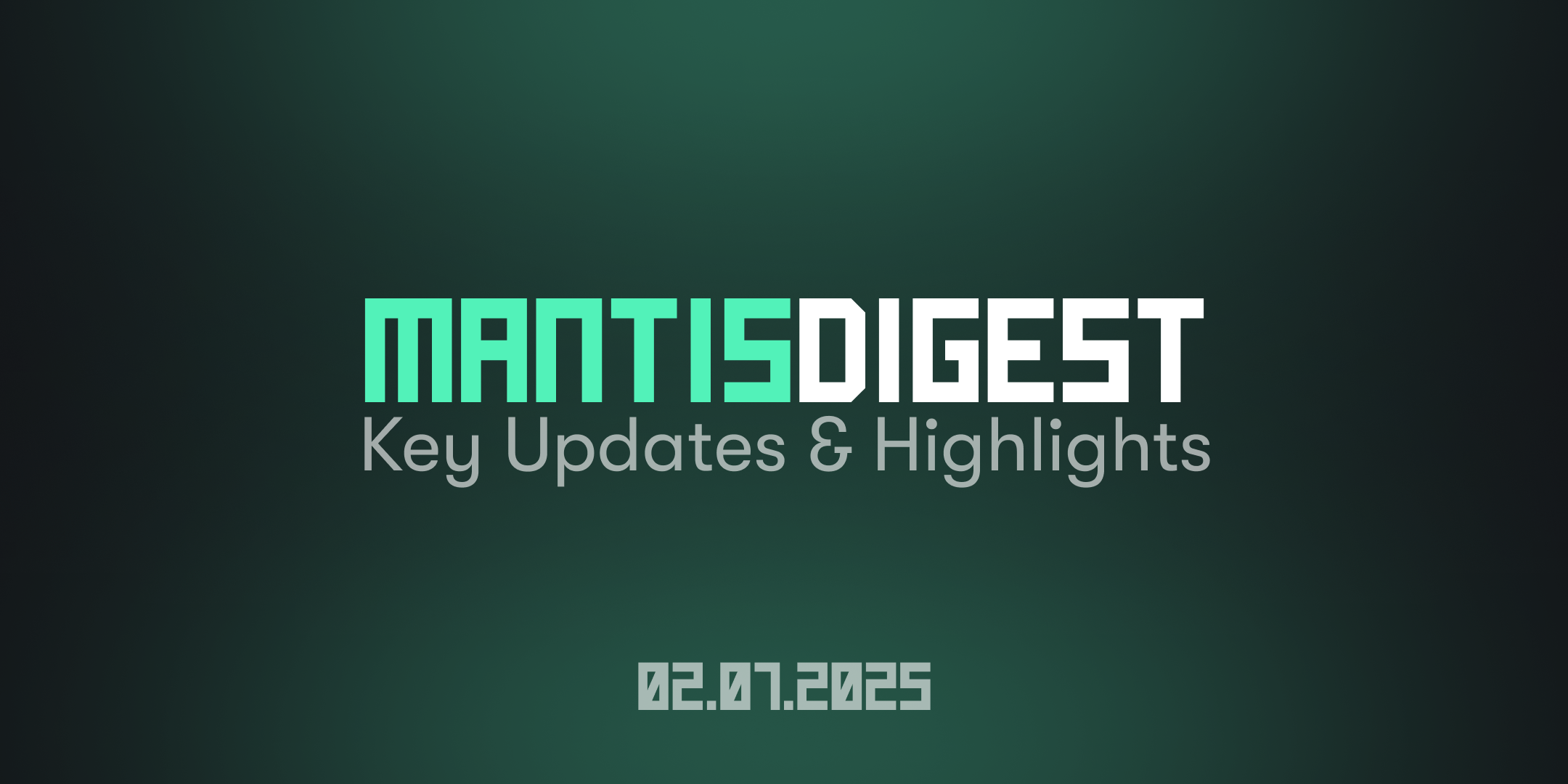
Gasless Transactions During Sessions: All operations within an Ephemeral Rollup are gasless, eliminating transaction fees for users while the rollup is active.
-
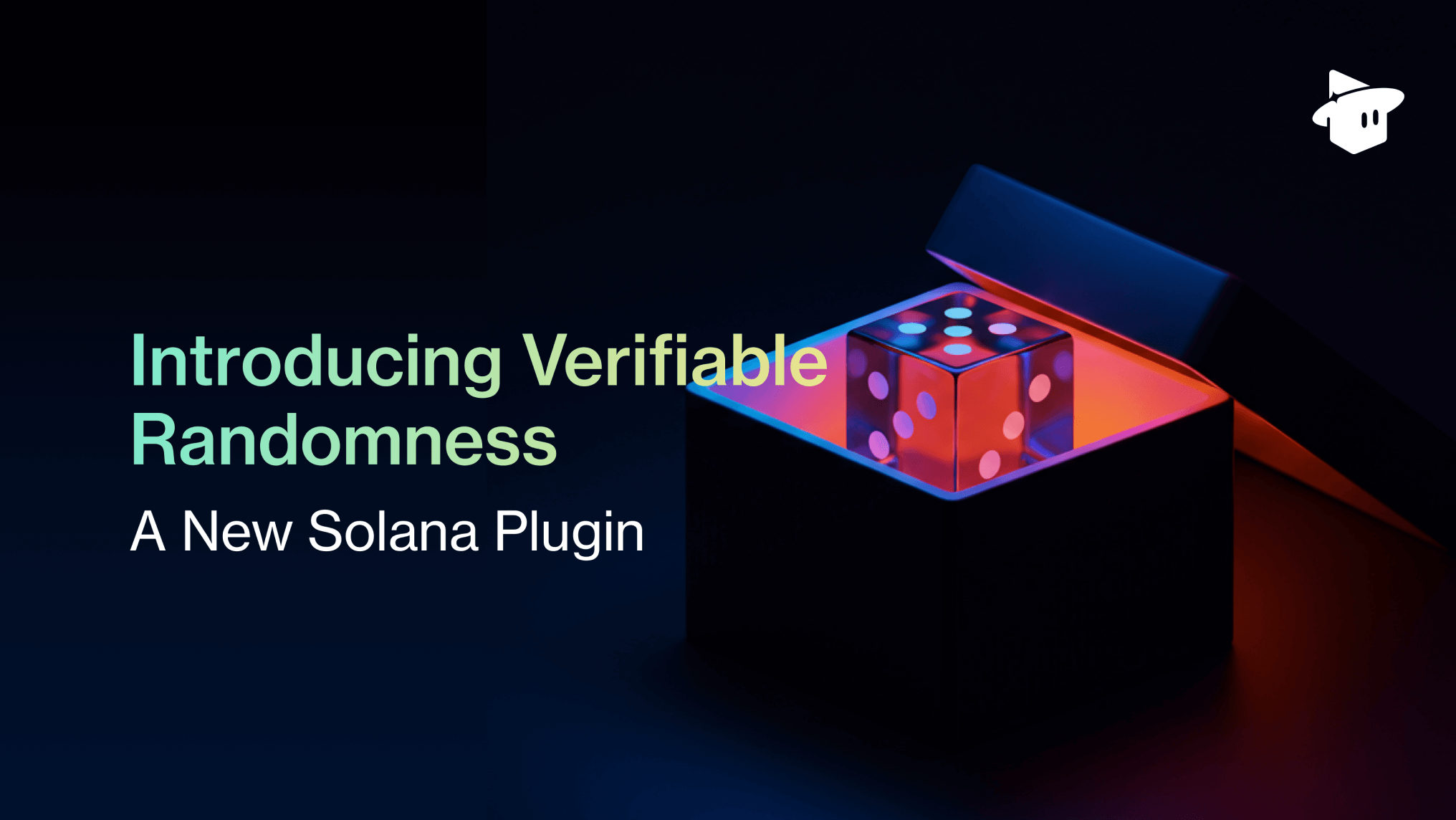
Ephemeral Validator: A lightweight, non-voting Solana Virtual Machine (SVM) runtime executes transactions off-chain, ensuring minimal latency and high throughput.
-
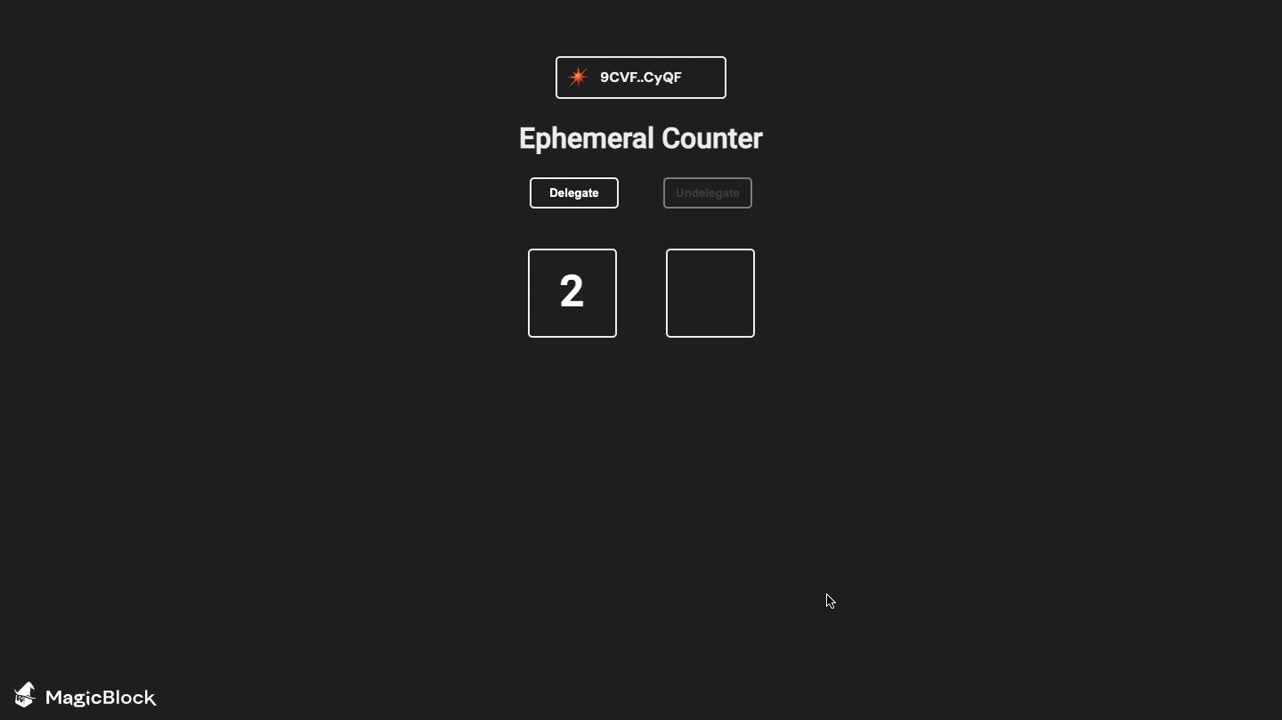
State Delegation & Parallel Read Access: Users temporarily delegate control of accounts to the rollup, while the main chain can still read state in real time for composability.
-
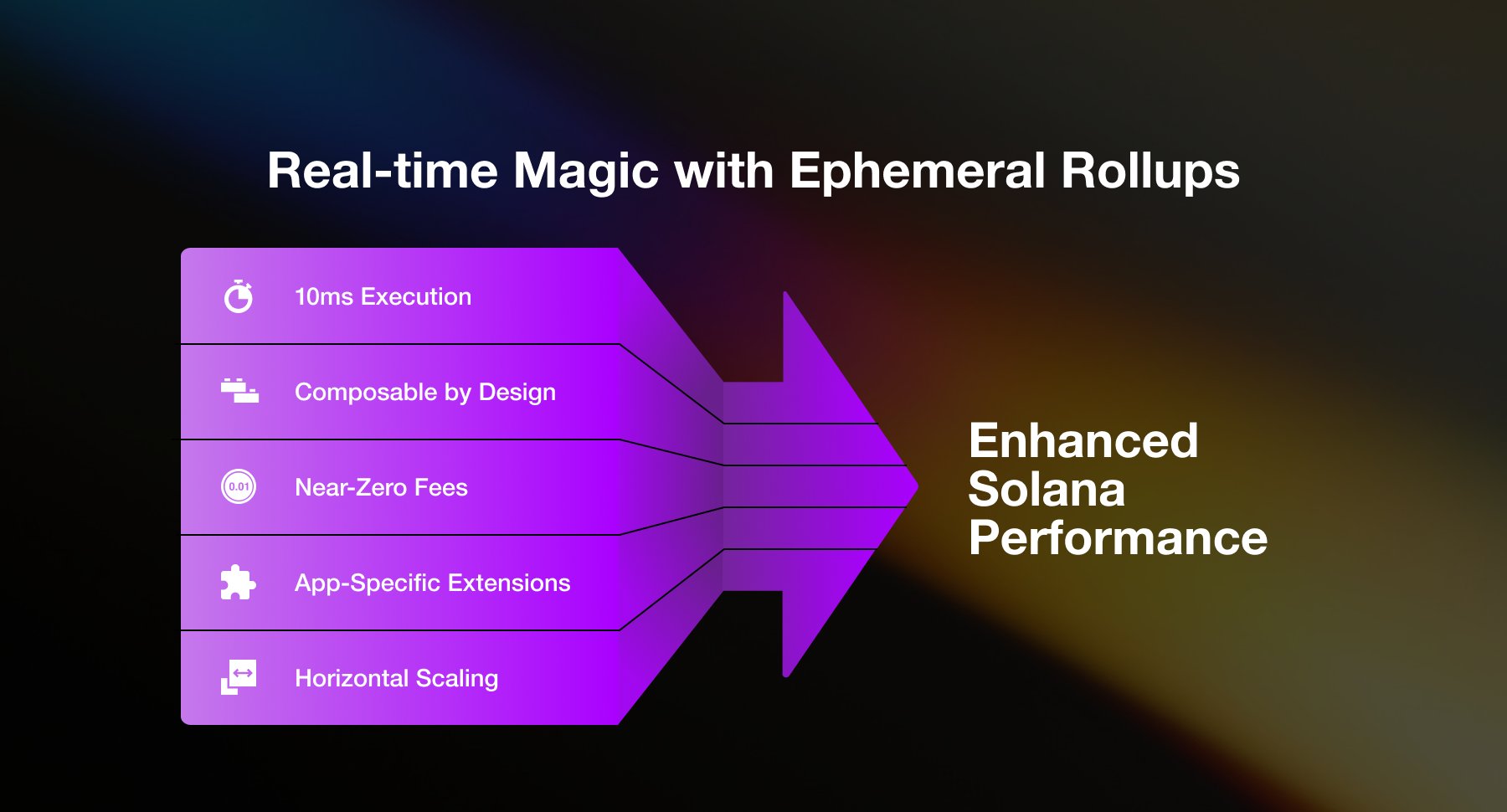
Sequencer with Fraud-Proof System: A sequencer orders transactions within the rollup. If execution violates constraints, a fraud-proof mechanism can challenge and revert the state before finalizing on the main chain.
-
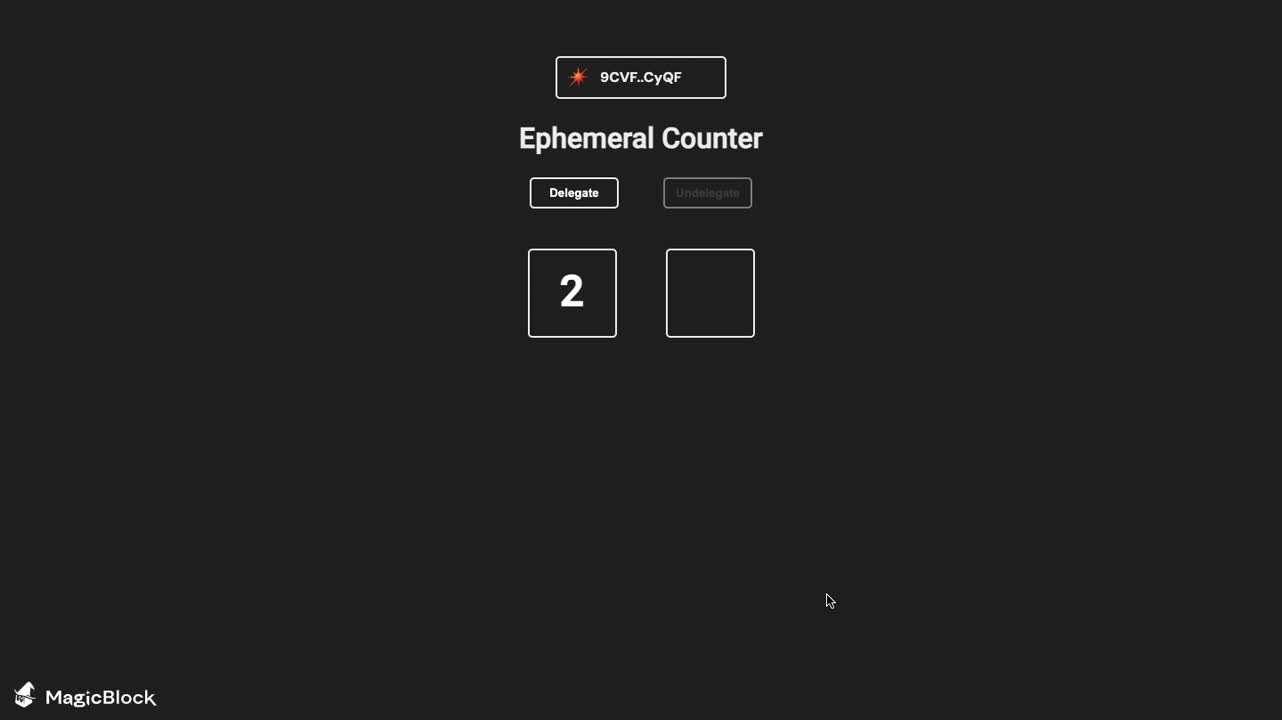
Seamless Mainnet Integration: After the session, the rollup commits the final state back to Solana, maintaining compatibility with existing smart contracts and liquidity pools.
-
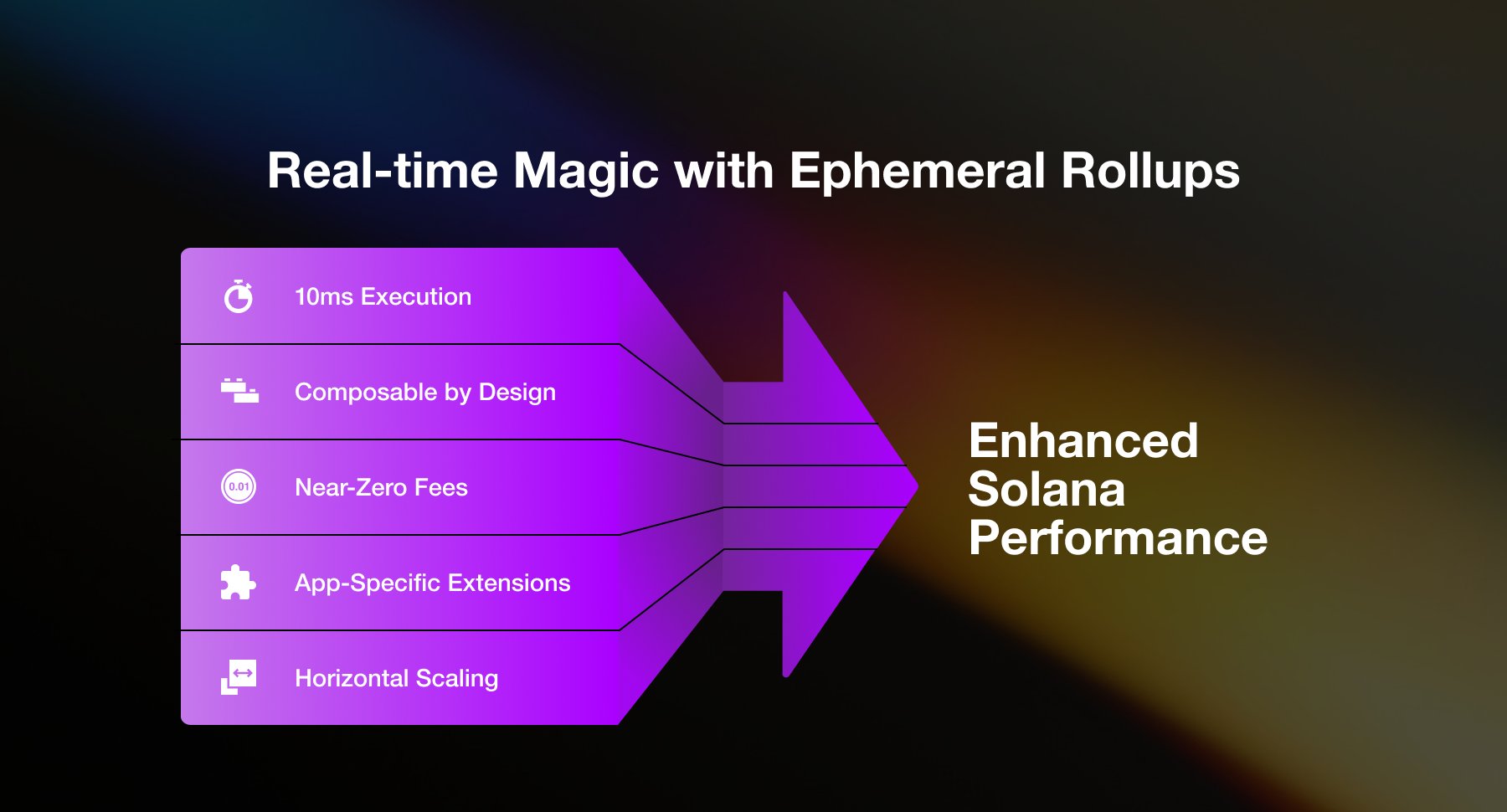
Permissionless Future Roadmap: MagicBlock plans to release a permissionless version of Ephemeral Rollups by the end of 2025, enabling anyone to run nodes and further decentralize scalability.
At the heart is the ephemeral validator – a lightweight, non-voting SVM runtime that executes transactions off-chain. Users delegate control of specific accounts to the rollup for the session’s duration. A sequencer orders transactions, while a fraud-proof mechanism ensures any invalid state can be challenged and reverted before final settlement. Throughout, the main chain retains read access to account states, preserving composability and liquidity across the ecosystem.
For a deep dive into the technical architecture, see this detailed breakdown of ephemeral rollups on Solana.
Why Web3 Gaming and Events Need Temporary, App-Specific Rollups
Traditional blockchains are designed for global consensus and security, but this comes at the cost of throughput and latency. In contrast, Web3 games and live events demand:
- Real-time responsiveness (sub-50ms latency)
- High-frequency transactions (think: every game move or auction bid)
- No gas fees to keep user experience frictionless
- Composability with existing DeFi and NFT protocols
Ephemeral rollups check all these boxes. For example, Zeebit – a fully on-chain game built with MagicBlock’s ephemeral rollup stack – delivers gasless, transparent gameplay while tapping into Solana’s liquidity and composability. This approach isn’t just theoretical: it’s powering the next generation of scalable Web3 games and interactive events right now. For more on real-world use cases, explore how MagicBlock is transforming temporary blockspace for games and flash auctions.
Key Benefits: Scalability, Cost, and User Experience
What sets ephemeral rollups apart from other scaling solutions? Here’s a quick rundown:
- Low Latency: End-to-end latency can drop below 50 milliseconds globally
- Horizontal Scalability: Each game or event gets its own dedicated execution environment
- Zero Gas Fees: All in-session activity is gasless; only the final state update is settled on-chain
- Security and Composability: Fraud proofs and main-chain compatibility keep assets safe and composable
This is just the beginning. As ephemeral rollups move toward permissionless node operation later in 2025, expect even more innovation across the Web3 landscape. For a broader perspective on how short-lived rollups are reshaping scalability, check out this analysis of short-lived rollups in Web3.
Developers and studios are now empowered to design real-time, interactive experiences that would have been impossible on legacy blockchain rails. Imagine a global e-sports tournament where every move, trade, and outcome is instantly verifiable and gasless. Or picture a live NFT auction with thousands of bids per second, all processed without network congestion or prohibitive fees. Ephemeral rollups transform these visions into reality, providing the elastic execution needed for true on-chain dynamism.
How Ephemeral Rollups Change the Game for Builders
For Web3 creators, the value proposition goes beyond raw speed. With ephemeral rollups, projects gain:
How Ephemeral Rollups Unlock Web3 Gaming & Events
-
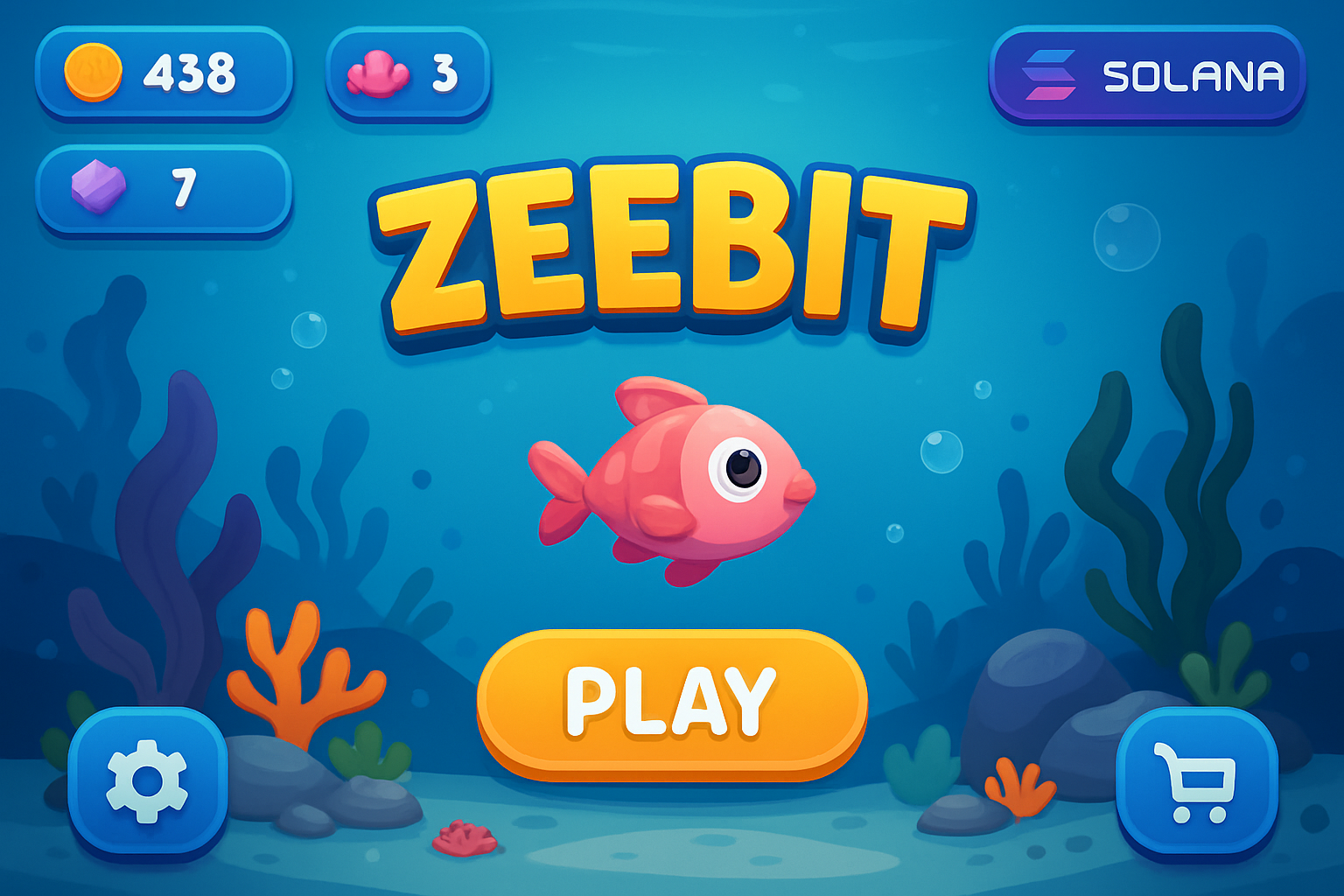
Gasless, Real-Time Gaming: Platforms like Zeebit use Ephemeral Rollups to deliver instant, gasless gameplay on Solana, allowing users to enjoy transparent, provably fair games without transaction fees.
-
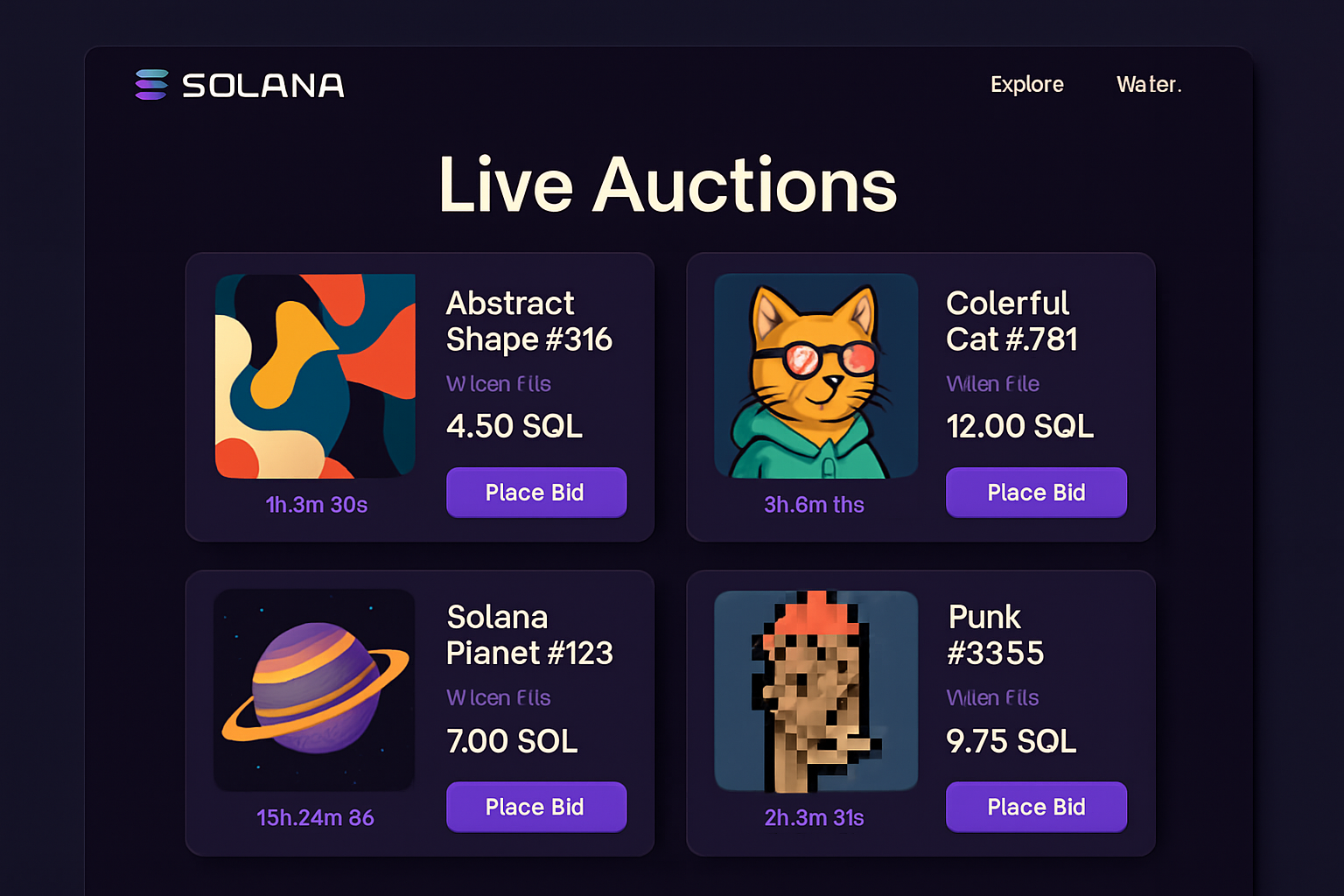
Live, High-Frequency Auctions: Ephemeral Rollups enable real-time, on-chain auctions by processing high volumes of bids with latency below 50ms, ensuring seamless participation and fair outcomes for all users.
-
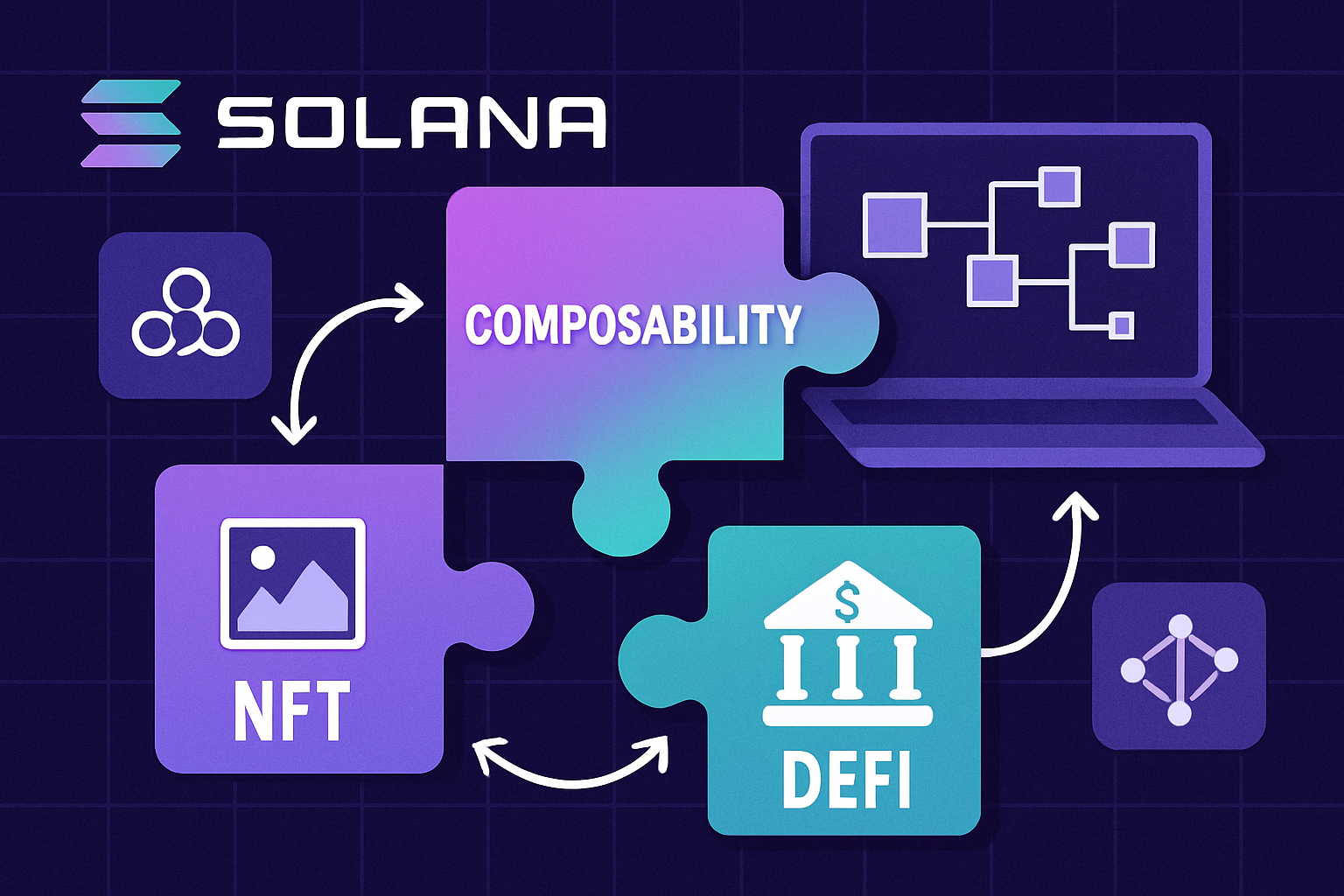
Seamless Composability with Solana dApps: These rollups maintain full compatibility with Solana’s smart contracts, letting games and event apps tap into existing DeFi liquidity and NFT assets without sacrificing speed or security.
-
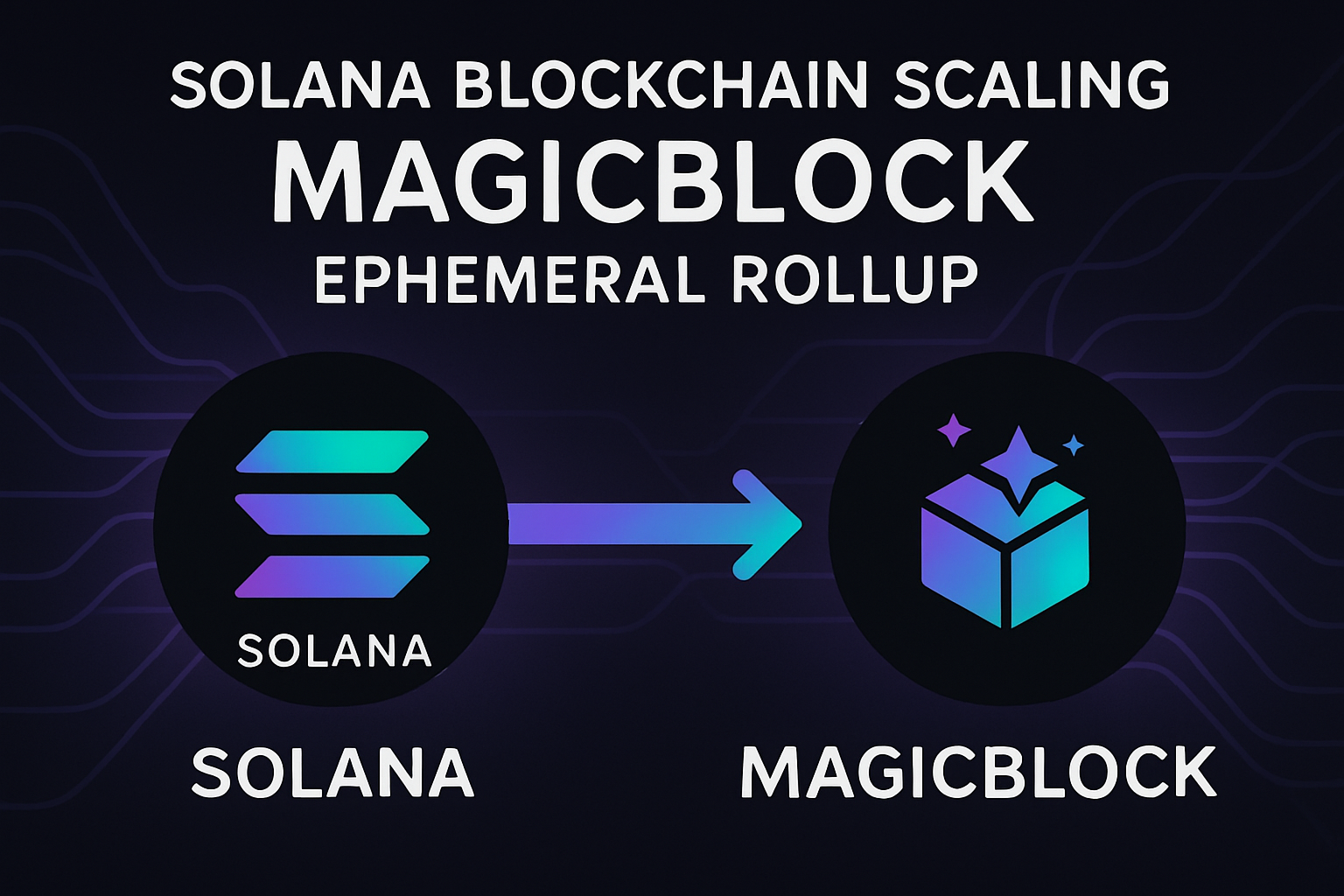
Elastic, On-Demand Scaling: By spinning up temporary, app-specific chains during periods of high demand, Ephemeral Rollups allow games and events to scale horizontally—handling massive surges in users and transactions without clogging the main chain.
Because each rollup is spun up for a single purpose and torn down when finished, there’s no lingering infrastructure to maintain or attack surface to secure. This ephemeral nature means less overhead and less risk, allowing teams to iterate quickly and focus on gameplay, not operations. Even better, the main chain’s composability remains intact, so assets and liquidity can flow freely between rollups and the broader ecosystem.
For those building on Solana or exploring app-specific rollups, the technical leap is substantial. The ability to delegate account control temporarily, execute at web-scale, and then safely return to the main chain is a paradigm shift. If you’re curious about the technical and strategic considerations, this deep dive on instant, zero-gas blockchains for gaming offers practical insights.
What’s Next? The Road to Permissionless Elastic Blockspace
MagicBlock’s roadmap for ephemeral rollups is ambitious. With Phase 1 targeting a release by the end of Q2 2025 and a permissionless node model on the horizon, the door will soon open for anyone to deploy and operate these temporary chains. This democratization of elastic blockspace will likely fuel a wave of experimentation across gaming, events, and beyond.
As more projects embrace ephemeral rollups, expect to see:
- Massively multiplayer games with on-chain logic and no performance bottlenecks
- Flash auctions, live trivia, and interactive events with provable fairness and zero gas
- Composable dApps that harness temporary blockspace for spikes in user demand
- New economic models for renting, sharing, or monetizing ephemeral chains
This isn’t just an incremental step in blockchain scalability – it’s a leap toward adaptive, on-demand infrastructure that flexes with each new use case. For an in-depth perspective on how ephemeral rollups are shaping adaptive blockchain scalability, see this analysis at ZKToday.
Final Thoughts: The Future of Real-Time, Scalable Web3
Ephemeral rollups are unlocking a new era for scalable Web3 gaming and real-time event rollups. By delivering temporary, app-specific blockchains that are fast, secure, and cost-efficient, they empower builders to create experiences that rival – and often surpass – traditional web applications.
As the technology matures and becomes permissionless, the potential for innovation is staggering. From high-stakes tournaments to interactive concerts and beyond, the future of blockchain scalability is ephemeral, elastic, and ready for anything.






